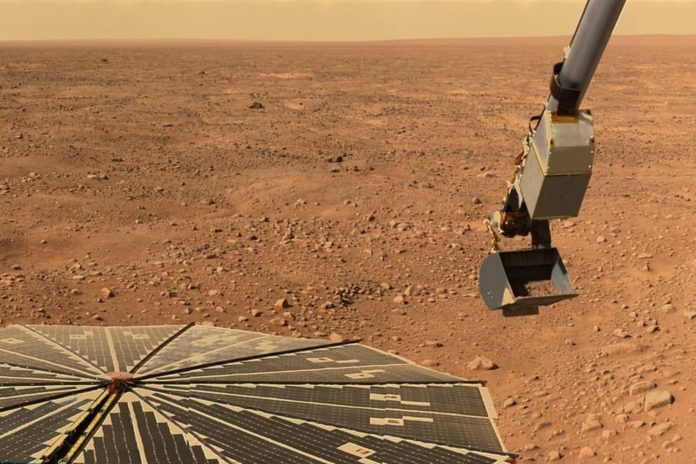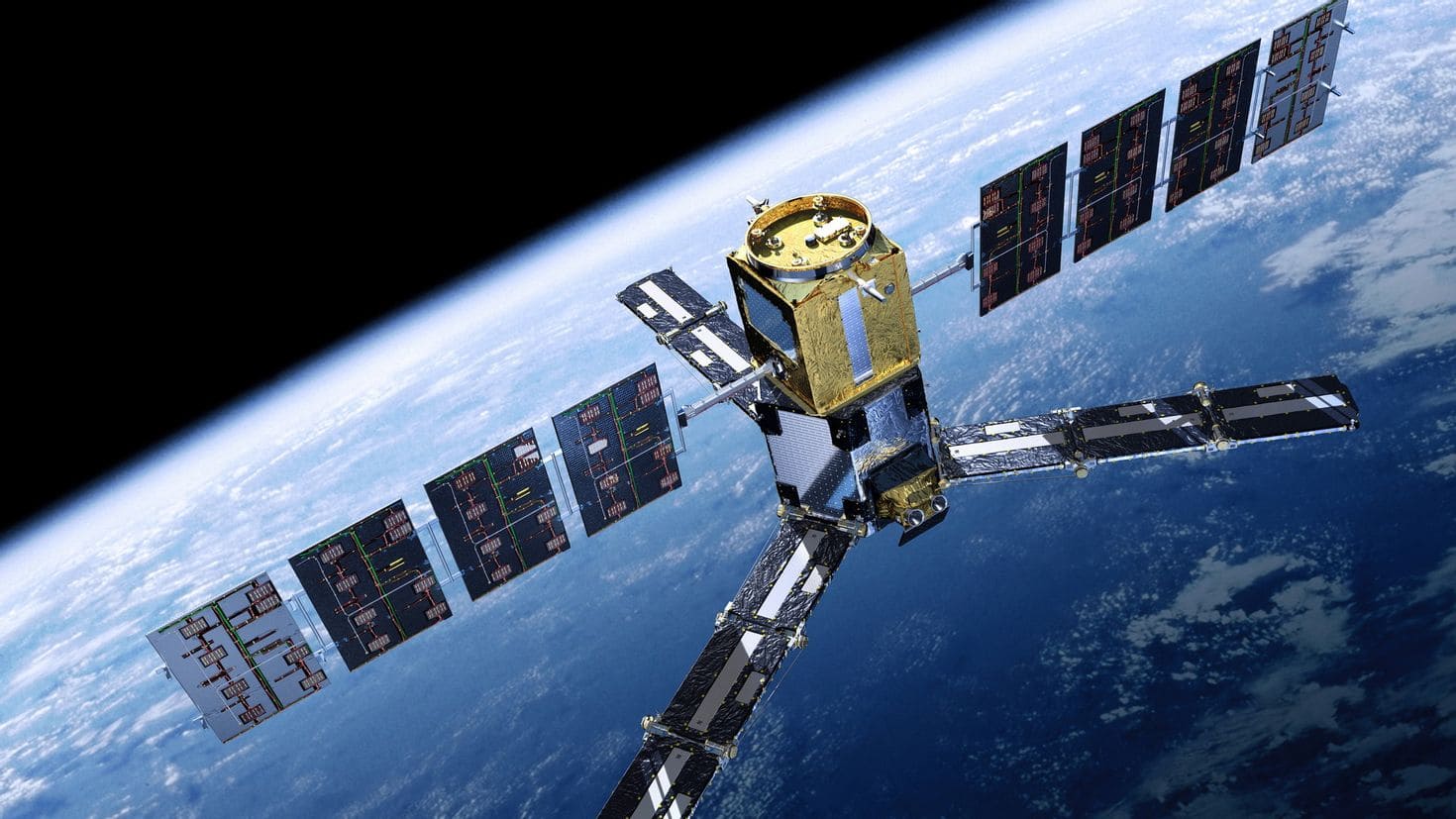Mars, often referred to as the Red Planet, has fascinated humanity for centuries. From ancient astronomy to modern space missions, our understanding of Mars has evolved dramatically. This article delves into the history of Mars exploration, highlighting significant milestones and the technological advancements that have shaped our quest to understand this enigmatic neighbor.
Early observations
Ancient astronomers were among the first to observe Mars, noting its distinct red hue. However, it wasn’t until the advent of the telescope in the 17th century that detailed observations began. Galileo Galilei was one of the pioneers, using his telescope to study the planets, including Mars. Giovanni Schiaparelli’s 19th-century observations led to the mapping of Martian features, such as channels, which he called “canali.” These observations fueled speculation about the possibility of life on Mars.
The rise of telescopic observations
The development of more powerful telescopes in the 19th and early 20th centuries allowed astronomers like Percival Lowell to make more detailed maps of Mars. Lowell’s observations of what he believed to be artificial canals led to widespread speculation about intelligent Martian life. Although his theories were later debunked, they sparked significant public interest and scientific inquiry into the Red Planet.
Space race and Mars missions
The mid-20th century marked the beginning of the space race, with Mars becoming a primary target for exploration. NASA’s Mariner program in the 1960s and 1970s provided the first close-up images of Mars, revealing a cratered surface and dispelling myths of Martian canals. The Viking program, launched in the 1970s, was a monumental step, with Viking 1 and Viking 2 sending back detailed images and data about the Martian surface and atmosphere.
Modern Mars exploration
The turn of the 21st century ushered in a new era of Mars exploration with advanced technology and international cooperation. NASA’s Mars Pathfinder mission in 1997, featuring the Sojourner rover, demonstrated the feasibility of robotic exploration on the Martian surface. The Mars Exploration Rovers, Spirit and Opportunity, launched in 2003, exceeded their mission lifespans, providing valuable geological data and evidence of past water activity.
Technological advancements and scientific discoveries
Modern missions have benefited from significant technological advancements. The Curiosity rover, part of the Mars Science Laboratory mission, has been exploring Gale Crater since 2012, analyzing soil and rock samples to study Mars’ habitability. The Perseverance rover, which landed in 2021, focuses on astrobiology, searching for signs of ancient microbial life and collecting samples for potential return to Earth.
International collaboration
Mars exploration is not limited to NASA. The European Space Agency (ESA), Roscosmos, and other international partners have contributed significantly. The ESA’s Mars Express mission and the ExoMars program, in collaboration with Roscosmos, have enhanced our understanding of Mars’ atmosphere and surface conditions. These collaborative efforts underscore the importance of international cooperation in space exploration.
Challenges of Mars Exploration
Exploring Mars presents numerous challenges. The planet’s thin atmosphere and harsh conditions make landing and operating on the surface difficult. Communication delays due to the vast distance between Earth and Mars complicate mission operations. Despite these challenges, advancements in robotics, AI, and spacecraft design continue to improve mission success rates.
Future missions and Mars colonization
The future of Mars exploration looks promising, with plans for human missions and potential colonization. SpaceX’s ambitious goal to establish a human settlement on Mars has accelerated interest and investment in Mars exploration. NASA’s Artemis program aims to return humans to the Moon as a stepping stone to Mars. These endeavors are driven by the quest to make humanity a multi-planetary species.
Mars in popular culture
Mars has also captured the imagination of writers, filmmakers, and artists. From H.G. Wells’ “The War of the Worlds” to Andy Weir’s “The Martian,” the Red Planet has been a central theme in science fiction. These cultural depictions often inspire public interest and support for real-world Mars exploration missions.
The history of Mars exploration is a testament to human curiosity and ingenuity. From early telescopic observations to modern robotic missions, our understanding of Mars has grown exponentially. As we look to the future, the prospect of human missions and even colonization holds the promise of new discoveries and advancements. The journey to Mars continues to be one of the most exciting frontiers in space exploration.



